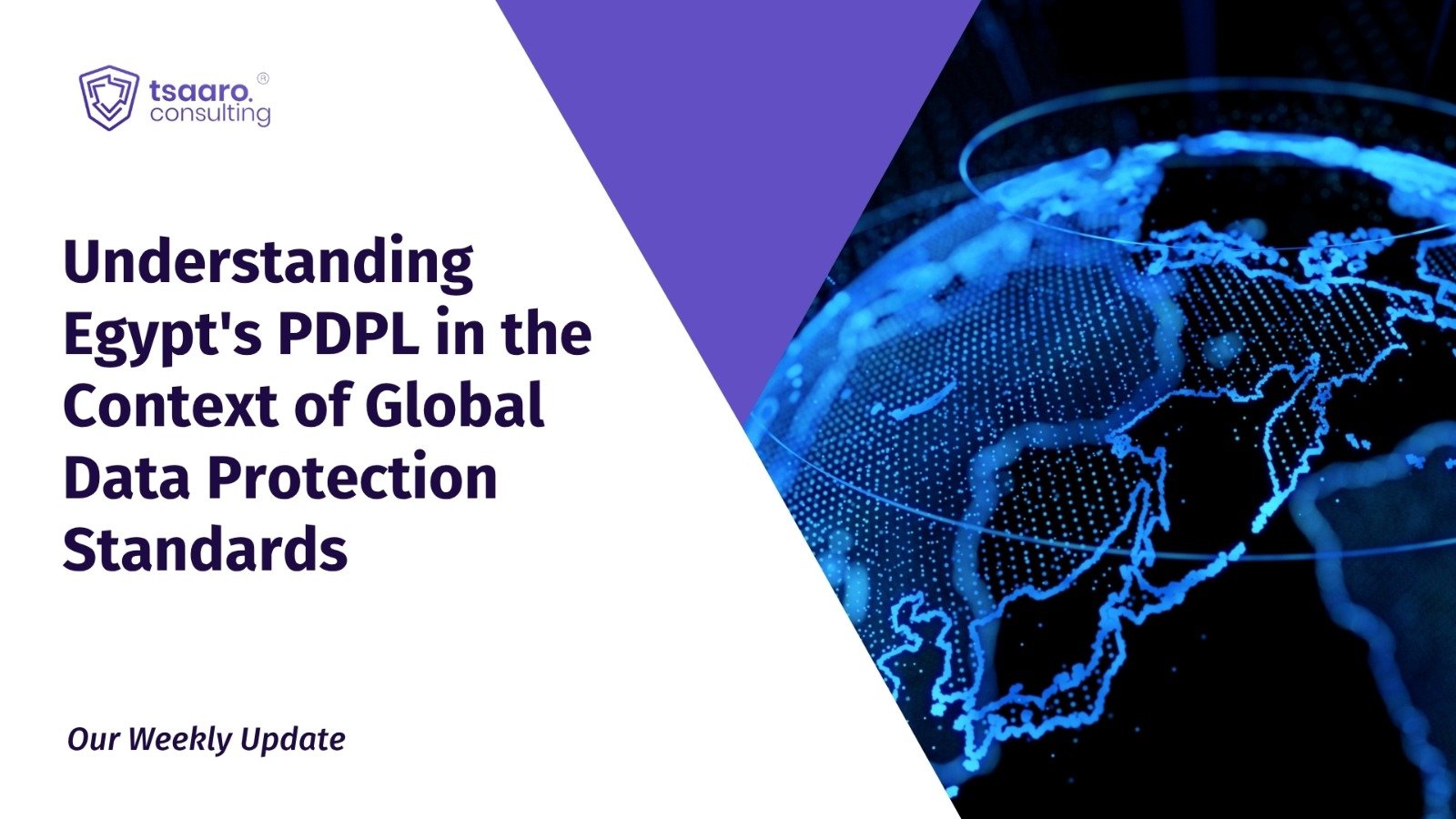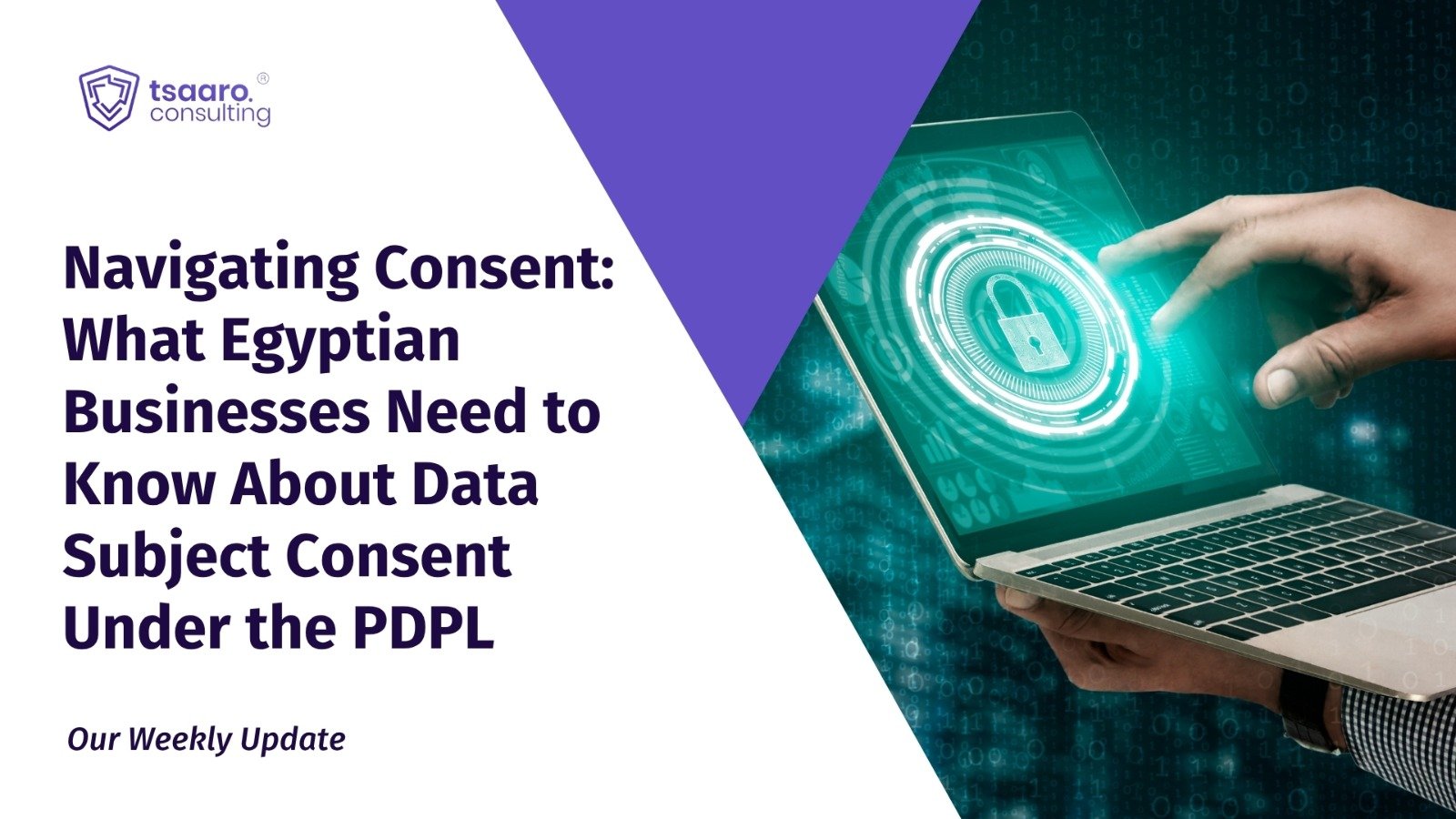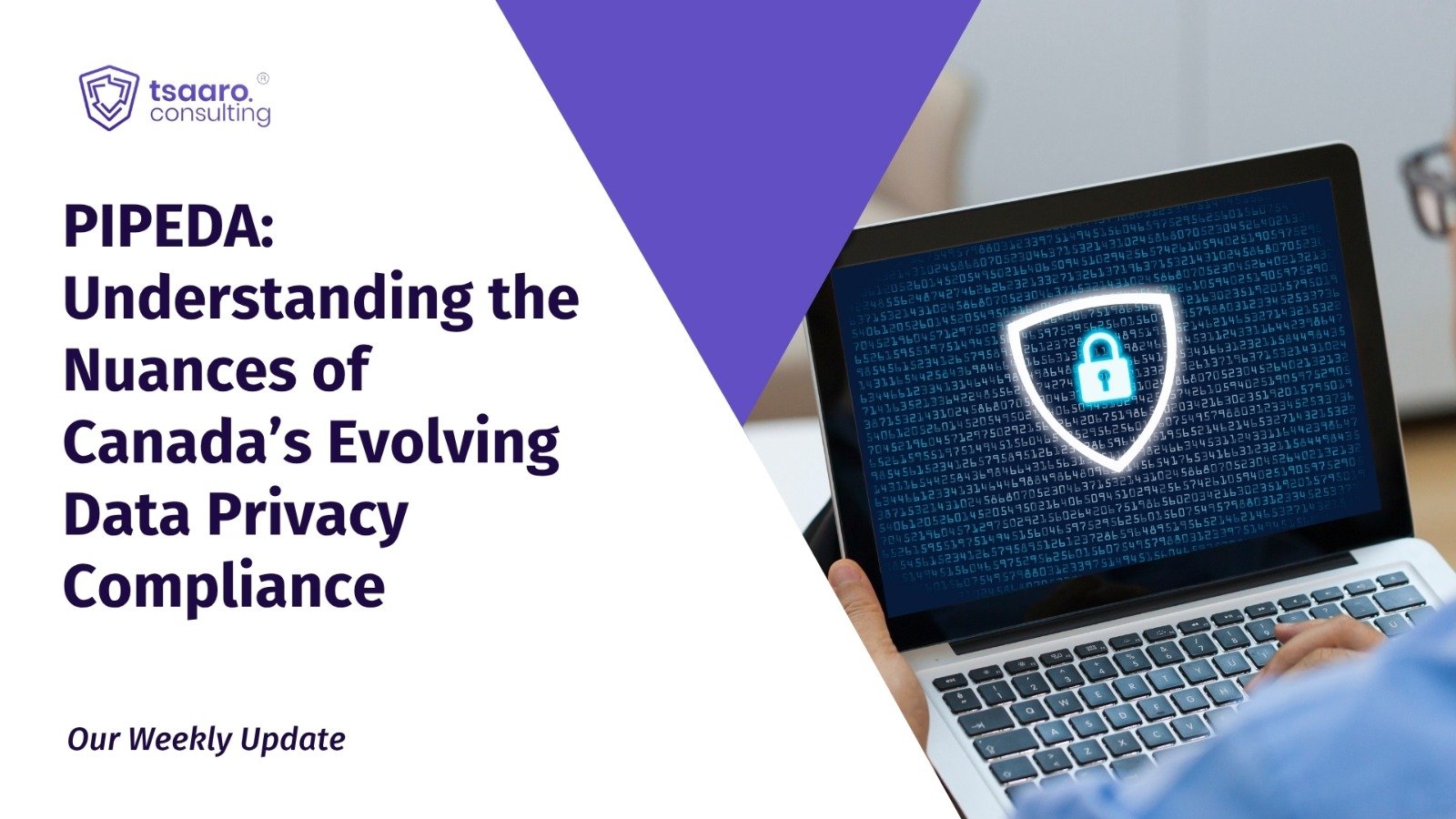INTRODUCTION
AI regulations the way forward to navigate the evolving landscape of artificial intelligence, ensuring responsible development and deployment. The White House spread a weaving of AI-related laws in May. However, it was in July that encouraged these attempts to advance, as leading AI titans came fort and pledged to go out on a mission to put their Artificial Intelligence inventions to the test, both inside and outside of their sacred walls, protecting them from the deadly misuse that endangered the realm of creativity while also keeping an eye out for the cunning cyberattacks that lurked in the digital shadows.
In a stirring speech amidst the balmy breezes of June, Senate Majority Leader Chuck Schumer revealed his grand vision, a majestic regulatory strategy as powerful as a crescendoing symphony. With unwavering resolve, he pledged swift passage, his words echoing like a rallying cry. “Many of you,” he declared, “have spent months calling on us to act. I can clearly hear you.” It was a clarion call for action, resonating through the hallowed halls of power. Independent authorities, akin to wise sages, had unveiled their intricate plans, publicly sharing their blueprints for taming the technological frontier.
And so, in this tale of modern chivalry and governance, the realm of AI braced itself for a new era, where regulation and innovation would dance in harmony, guarding against the perils of the digital age while nurturing the blossoming promise of technology.
A group of lawmakers from both parties wants to at the very least prohibit the use of AI in nuclear launch choices. Given the enormous level of public attention and quantity of congressional hearings devoted to AI, we will likely soon witness more explicit action. In an effort to lay the stage for future regulation by others, AI businesses are actively working on self-regulation. It is worthwhile to look into what possible action in DC would entail a little bit further because of this and the inherent significance of a developing technology like AI.
You can categorize most of the circulating ideas into the following categories
- New rules and laws are in place for people and businesses that train AI models, create or sell chips used in that training, or employ AI models in their day-to-day operations.
- Institutions: A new government agency or global organisation that can put these new rules and laws into effect
- More funding for research, either to improve safety or enhance AI capabilities
- Increased funding for education and high-skilled immigrants will help create a workforce that can design and manage AI.
We find ourselves entangled in a web of complications, where privacy, copyright, and many other issues converge within the intricate network of laws regulating our digital world Similar to an accomplished conductor balancing the scales of innovation and protection, these regulations work to harmonise the clash of interests. This paper presents you with a comprehensive view of this complex regulatory environment, unfolding before you like an old map showing unexplored places. It allows you to explore the unexplored waters where privacy and copyright converge, forming a dynamic ecosystem where the past and present collide and innovation and protection go hand in hand.
Also Read, Privacy for minors in DPDPA
New Rules in USA
Making new guidelines for AI developers is by far the most crowded, important, and contentious area in this context, whether in the form of voluntary standards, legally obligatory regulations from existing agencies, new laws passed by Congress, or international agreements involving many countries. On one end of the spectrum, techno-libertarians express wariness toward government attempts to impose regulations for AI, arguing that such actions could impede progress or, worse, lead to regulatory capture favoring a few groups of already dominant businesses like OpenAI.
The United States federal government, acting through organisations such as the National Institute of Standards and Technology (NIST) and the White House Office of Science and Technology Policy (OSTP), has been attempting to coordinate initiatives relating to the regulation of artificial intelligence. For example, NIST has been working on establishing rules and standards for artificial intelligence technologies. Furthermore, the United States of America has grappled with issues related to data privacy. The discussions regarding the need for federal data privacy laws to protect consumer data used in AI systems have been influenced by the California Consumer Privacy Act (CCPA) and the European General Data Protection Regulation (GDPR), both of which were enacted in 2018.
COPYRIGHT
The majority of texts, photos, and videos produced by AI systems, according to judgements from the US Copyright Office, cannot be protected under the copyright as original works because they were not made by humans. Meanwhile, vast training datasets that frequently contain protected texts and images are used by large models like GPT-4 and Stable Diffusion. Numerous lawsuits have resulted from this, and clauses in the AI Act of the European Union mandate that model developers “publish information on the use of training data protected under copyright law.” Congress or US agencies may enact new rules and laws in the future.
PRIVACY
Just as major AI companies have faced lawsuits for copyright infringements in the development of their models, some plaintiffs have alleged that the extensive web scraping needed to obtain the terabytes of data required for training the models amounts to an invasion of privacy. Additional concerns emerged when a data vulnerability, since patched, in March allowed ChatGPT users to view the chat histories and even the payment details of other users. Because of privacy concerns regarding the training data, Italy even temporarily banned the service. It has since been permitted to return. For some time, lawmakers have been concentrating on issues related to social media and online advertising. Common proposals include outright bans on the use of personal data for ad targeting and FTC action to mandate “data minimization,” which limits the amount of data that websites can collect to that which is necessary for carrying out a specific function.
Read more, EU’s AI Regulation
ALGORITHMIC BIAS
AI systems have frequently displayed prejudices that have the potential to hurt women, people of colour, and other marginalised groups, in part because they rely upon datasets that invariably reflect preconceptions and biases in human writing, judicial judgements, photography, and more. The Algorithmic Accountability Act, which would require businesses to assess algorithmic systems they utilise, or AI, for “bias, effectiveness, and other factors,” and work with the Federal Trade Commission to enforce the mandate, is the main congressional proposal on this topic.
LICENCING REQUIREMENTS
In 2017, the lawyer Andrew Tutt recommended a more comprehensive strategy than simply requiring risk assessments, one that was based on stricter US controls of food and pharmaceuticals. In general, the Food and Drug Administration prohibits the sale of medications that have not undergone safety and efficacy testing. For the most part, that hasn’t been the case with software; for instance, no government safety testing is carried out.
NEW INSTITUTIONS FOR NEW TIMES
Implementing all of the aforementioned rules requires government agencies with significant personnel and budgets. Existing agencies may and currently are handling some of the task.
Read More, A Comprehensive Guide To Incident Response Planning: Data Breaches
SPAIN AI
On August 22nd of this year Spain became the first ever country to in the European Union to introduce its own regulations on AI. It is for the Spanish Agency for the Supervision of Artificial Intelligence will have to ensure that the AI powered development in the nation shall be citizen-centered, inclusive and sustainable. The Agency is part of the Nation Artificial Intelligence Strategy which is a plan to put Spain in the forefront of the AI development globally. The Agency further shall be overseeing the introduction and implementation of the new Strategy and AI Act and the enactment of Rider Law (a platform-based rights of the workers).
Furthermore, the Spanish government has taken measures in the AI-relevant hemispheres. One of these initiatives is the nation’s regulatory sandbox, following the EU AI Act, which encourages member nations to launch sandboxes to create a regulated environment for experimenting and conducting tests of AI systems. A regulatory sandbox is a regulatory dialogue and co-operation among the innovators and the regulators at the both EU and national levels as well. Spain launched the first ever such sandbox within a budget of 4.3 million euros.
Smaller and medium-sized entities will have prior access to these sandboxes to eliminate obstacles when launching their AI systems under the new regulations. However, it has been provided that the participants while experimenting under the regulated atmosphere are liable to any harm of breach inflicted upon any such third parties. In addition to contributing the EU AI Act, Spain has also introduced measures to regulate AI. Introduced in the year 2020, the National AI strategy underlines the government’s goals to make sure that the AI programs would not substantially affect social welfare. Both of the above measures are part of the Digital Spain 2025 initiative, which was launched in the year 2020 with the aim of transforming Spain’s digital drive in the coming years. This strategy will provide dynamic and robust guidance to Spanish AI developers.
Also Read – Responsible A.I and Privacy
CONCLUSION
Most recent information update in Sep 2021, both the USA and Spain were actively engaging in the development of AI. Nevertheless, they were pursuing distinct approaches and objectives. The United States of America, on one hand, grappled with the challenging decision of whether to adopt an approach to AI regulation at the federal or state levelThis discussion brought up problems regarding the consistency versus flexibility of regulations for artificial intelligence systems. NIST and the Office of Science and Technology Policy were among the several government entities that helped coordinate attempts to regulate AI. In particular, NIST was focusing on establishing standards and recommendations for artificial intelligence technologies.
On the other hand, Spain, which is a member state of the EU, was working to synchronise its AI regulation. EU was actively developing comprehensive legislation for (AI) Regulations, aiming to encourage innovation while also ensuring and ethical use of AI.
Both Spain and the European Union have emphasised the importance of ethical issues in the regulation of AI. With a primary focus on fundamental concepts such as transparency, responsibility, and justice.
The incorporation of human control into mission-critical AI systems was an essential component.
Stay updated on the latest laws of data privacy with Tsaaro










